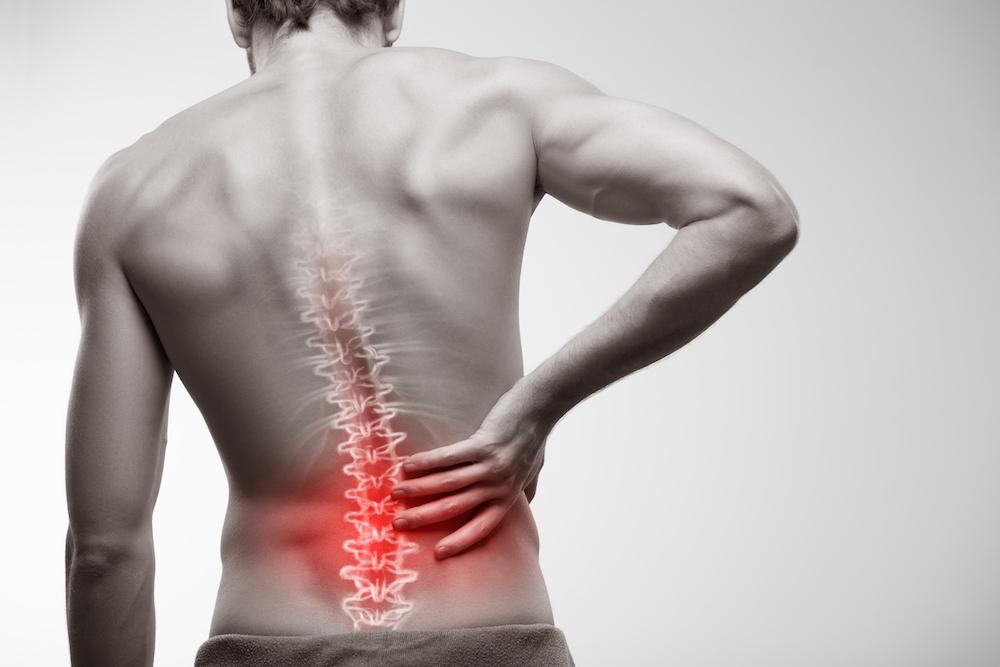Navigating Chronic Pain: Strategies for Coping and Healing

Introduction:
Around the world, millions of people experience the common and debilitating condition known as chronic pain. Acute pain typically disappears with time and treatment, but chronic pain can persist for months or even years and often has no known cause. Chronic pain requires a multimodal approach to management that addresses its psychological, emotional, and physical components. By using helpful coping methods and researching therapeutic modalities, people can regain control over their life and find relief from chronic pain.
Understanding Chronic Pain:
Chronic pain is defined as ongoing discomfort or suffering that does not go away throughout the standard healing process. It can show up as headaches, neuropathic pain, or musculoskeletal pain, among other manifestations. Injuries, diseases like fibromyalgia or arthritis, or underlying medical disorders like inflammation or nerve damage are common causes of chronic pain.
In contrast to acute pain, which indicates tissue damage or injury, chronic pain frequently lasts for a long time after the initial injury has healed. It may result in limited mobility, functional restrictions, and a lower quality of life. Significant psychological and emotional repercussions of chronic pain include social isolation, anxiety, and sadness.
Strategies for Coping with Chronic Pain:
An all-encompassing, customized strategy that takes into account the psychological and emotional effects of pain in addition to its physical manifestations is needed to manage chronic pain. Although there isn’t a single strategy that works for everyone, the following have been demonstrated to be successful in controlling chronic pain:
Pain management strategies:
Acquire and put into practice pain management strategies include mindfulness meditation, guided imagery, deep breathing, and relaxation exercises. These methods can ease tense muscles, encourage calmness, and divert attention from pain perception.
Exercise and physical therapy:
To increase your strength, flexibility, and mobility, schedule regular exercise or physical therapy sessions. Walking, swimming, and yoga are examples of low-impact exercises that can reduce pain and enhance general wellbeing. Together with a healthcare provider, create an exercise regimen that is safe and appropriate for your level of fitness.
Medication management:
Create a plan with your healthcare practitioner that takes care of your pain symptoms and reduces risks and adverse effects. In order to reduce pain and enhance function, doctors may give painkillers, opioids, or nonsteroidal anti-inflammatory medicines (NSAIDs).
Practice stress-reduction and relaxation methods:
To ease tension and encourage relaxation, try stress-reduction methods like progressive muscle relaxation, deep breathing, or biofeedback. Take part in joyful and fulfilling activities, such creative endeavors, hobbies, or time spent in nature.
Cognitive-behavioral therapy (CBT):
Take into consideration engaging in cognitive-behavioral therapy, which assists people in recognizing and altering unfavorable thought patterns and behaviors that fuel suffering. Coping mechanisms including goal-setting, problem-solving, and aggressive communication can be taught by cognitive behavioral therapy.
Healing Modalities for Chronic Pain:
Investigating healing modalities can offer different methods for treating chronic pain and enhancing general wellbeing in addition to coping mechanisms. Although not every modality will work for everyone, the following strategies may help some people with chronic pain:
acupuncture
Take acupuncture, an age-old Chinese medicinal technique that involves putting tiny needles into certain body sites in order to reduce pain and encourage recovery. Acupuncture has the potential to alleviate tension in muscles and tissues and help the body’s energy flow return to equilibrium.
Examine massage therapy:
This modality of care relieves tense muscles, enhances blood flow, and lessens discomfort by manipulating the body’s soft tissues. For people with chronic pain, several massage modalities, such as deep tissue massage, Swedish massage, or trigger point therapy, may be helpful.
chiropractic treatment
Take into consideration chiropractic therapy, which aims to relieve pain and improve optimal function by realigning the musculoskeletal system and spine. For those with chronic pain issues, therapeutic exercises, spinal manipulation, and chiropractic adjustments may help reduce discomfort and increase mobility.
Herbal supplements and remedies:
Look into herbal supplements and remedies that may help ease pain, encourage healing, and lessen inflammation. Supplements including magnesium, turmeric, ginger, and omega-3 fatty acids are frequently used to treat chronic pain. A healthcare professional should be consulted before beginning any new supplementation program.
Mind-body techniques:
In order to encourage relaxation, lower stress levels, and enhance pain management, consider mind-body techniques like tai chi, qigong, or mindfulness-based stress reduction (MBSR). Integrating the mind, body, and spirit is the main goal of these activities, which support overall healing and wellbeing.
Conclusion:
Navigating chronic pain requires a proactive and holistic approach that addresses its physical, emotional, and psychological dimensions. By using helpful coping methods and researching therapeutic modalities, people can regain control over their life and find relief from chronic pain. While managing chronic pain may require ongoing effort and experimentation, the journey toward healing and recovery is worth the investment in overall well-being and quality of life. With perseverance, support, and a multidisciplinary approach, individuals living with chronic pain can thrive and flourish despite the challenges they face.








